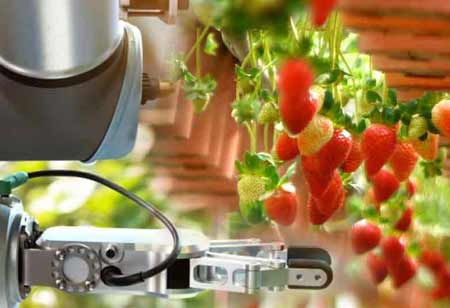Thank you for Subscribing to Agri Business Review Weekly Brief
Key Benefits of Smart Irrigation System
Water conservation is one of the biggest benefits of a smart irrigation system.

By
Agri Business Review | Saturday, October 08, 2022
Stay ahead of the industry with exclusive feature stories on the top companies, expert insights and the latest news delivered straight to your inbox. Subscribe today.
Smart irrigation systems employ sensors to collect data in real-time or over time to change watering schedules and guide watering practices.
Fremont, CA: Water conservation is one of the biggest benefits of a smart irrigation system. Typically, watering techniques can waste up to 50 percent of their water due to irrigation, evaporation, and overwatering inefficiencies. Smart irrigation systems employ sensors to collect data in real-time or over time to change watering schedules and guide watering practices.
Smart irrigation has two key components: control types (how the irrigation is managed) and delivery types (the many kinds of water delivery systems employed). Additionally, there are two fundamental management forms for smart irrigation systems: soil-based and weather-based, each with a different technical approach to sensing and providing data.
Smart irrigation systems that are weather-based employ local weather data from trustworthy sources, sensors, or historical data to assist well-informed watering schedule decisions. Weather-based irrigation gets also referred to as evapotranspiration, or ET, system, which refers to the water loss caused by plant transpiration and soil evaporation. The local temperature, humidity, insolation, and wind analysis help develop water schedules. Informed judgments regarding watering schedules get supported by soil-based smart irrigation systems, which collect local soil moisture data from sensors buried in the ground. Users may set up these systems to control irrigation on demand, such as initiating an irrigation routine when a particular land area becomes too dry or stopping irrigation when a specific saturation threshold is achieved because the soil moisture level has reached. By connecting the two set points to the soil moisture required for a particular crop, controlling them lowers the quantity of water utilized.
Precision watering in smart irrigation also deals with efficiency in water distribution, which is one of the system's other key benefits. The four central distribution systems are surface, sprinkler, trickling, and subterranean approaches. The oldest technique is surface irrigation, which uses irrigation channels to transport water while letting gravity do the work. Sprinklers, which can be stationary or portable, disperse water through the air like rain. Water is locally dispersed to the land's surface using trickle irrigation. Finally, water gets applied via subsurface techniques buried close to the plant's root zone. Due to their capacity to minimize evaporation loss, trickle systems and subterranean techniques often conserve the most water.





